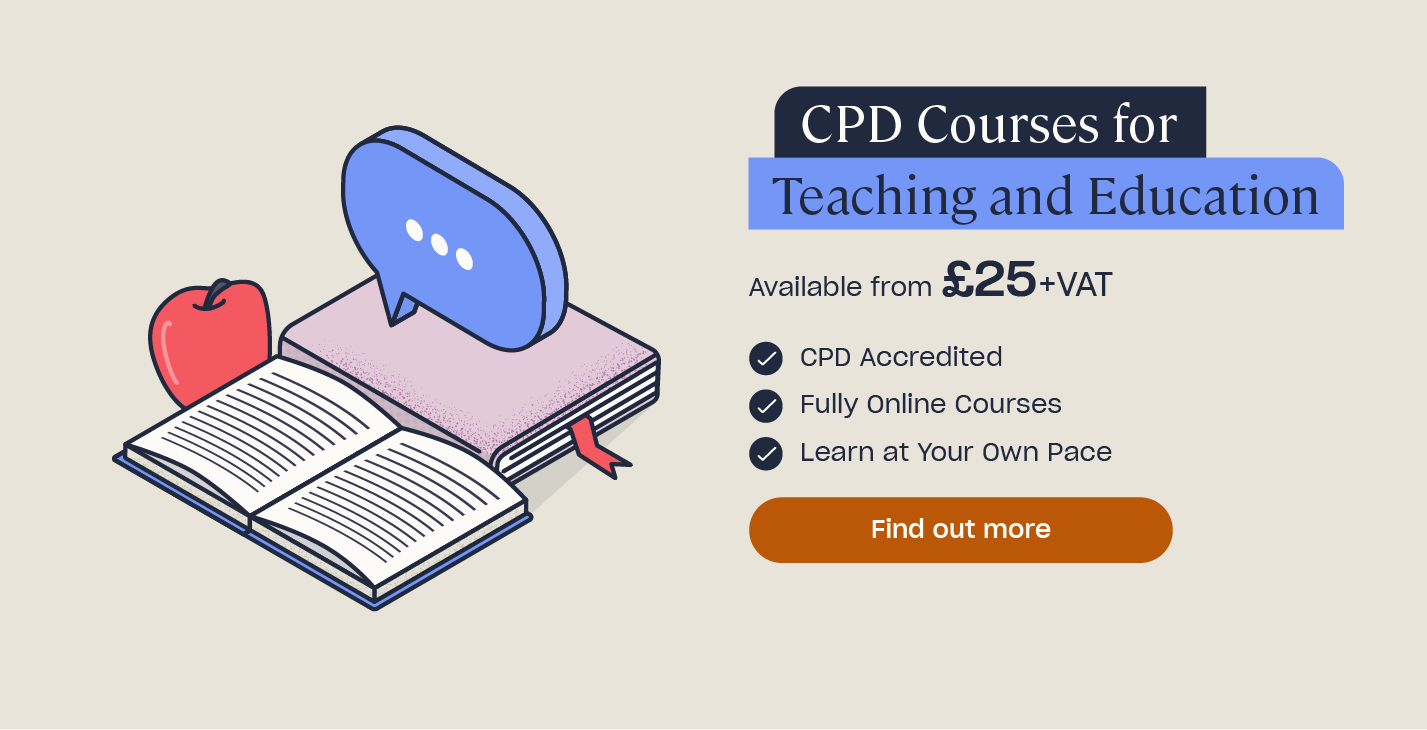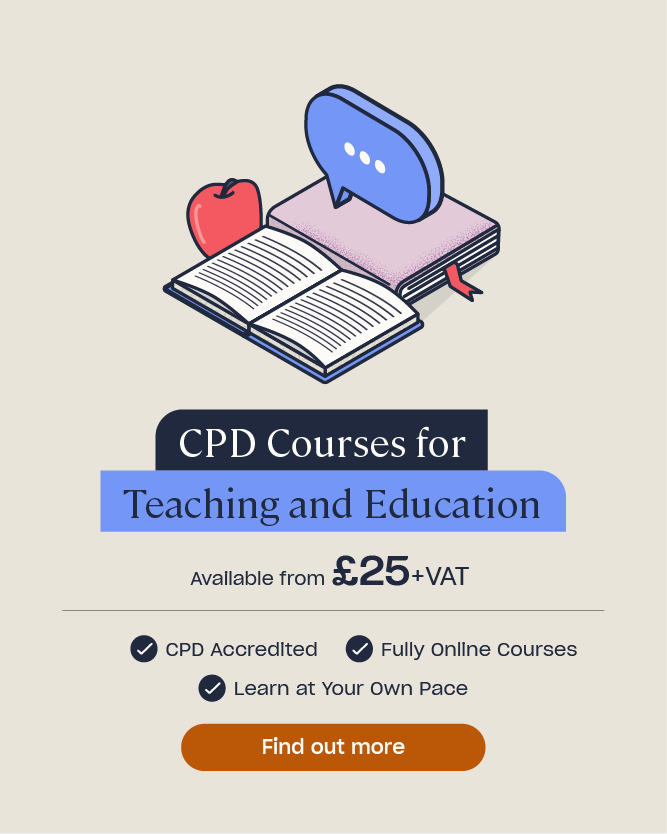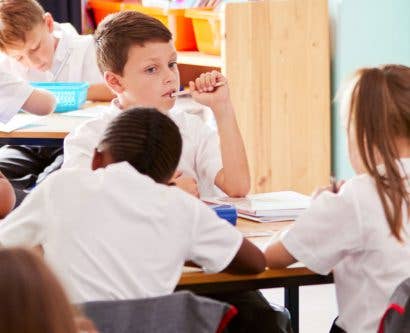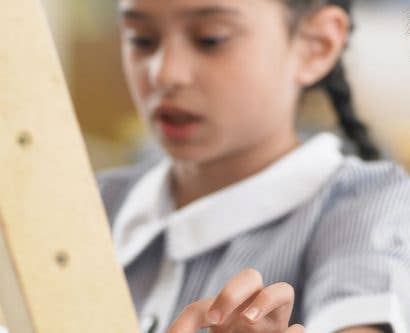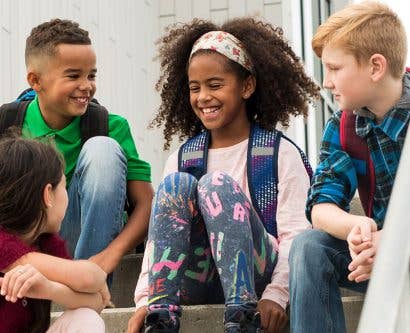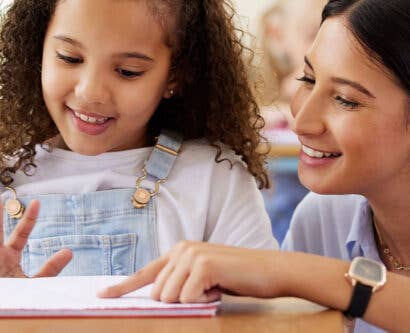Pupil Passport: Free Template
Children who feel as though they are involved in their learning experiences are often more engaged and progress with their education and development more than their peers who don’t have this opportunity. This is why it is important that all children are encouraged to think about and share their thoughts on their own learning needs. Pupil passports can be used to facilitate this thinking and sharing of personal feelings and experiences.
In this article, we will outline what a pupil passport is and explain why they are important. We will also cover how you can use them in your school and provide you with a downloadable pupil passport template.
What is a Pupil Passport?
A pupil passport, also known as a one-page pupil profile, is a resource which puts the child at the very heart of their learning experience. It can be used for children at early years foundation stage (EYFS) through to school years, though must be tailored appropriately. Pupil passports enable children to express their individual preferences, such as what they enjoy and dislike doing, and their learning needs, such as where they may require extra support. The document should also highlight what the child finds difficult, when they may need further help and what form this should take.
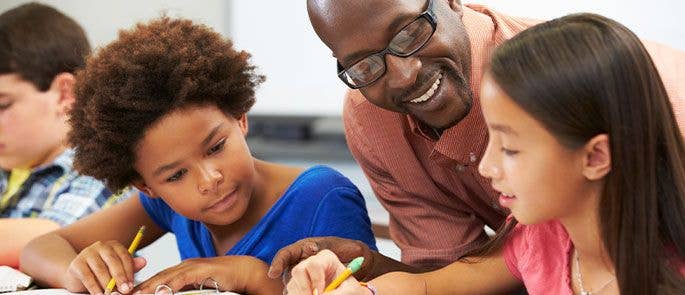
This information is then shared with the child’s teachers, giving them an overview of how the child views themselves and their preferred approach to learning. Doing so allows teachers to ensure that the provision they provide is as child-centred as possible and meets the child’s individual needs.
A pupil passport is different to an IEP (individual education plan), though some schools are moving towards using pupil passports instead of an IEP. Pupil passports take a more child-centred approach, with the child working with teaching staff to create the resource themselves, rather than it being created for the child. IEPs are most often used by schools to plan, facilitate and review the additional needs of children with special educational needs (SEN). The child isn’t usually heavily involved in the creation of the IEP, but they should be aware of the information it contains.
Schools are not legally required to offer pupil passports. However, they are a valuable tool to improve classroom relationships and a child’s engagement and learning.
Why are Pupil Passports Important?
Pupil passports are important because they allow children the opportunity to identify their own learning needs. Involving children in decisions about their learning styles and how they would like their teachers to support them can be empowering. A child-centred approach in the classroom demonstrates to the children that they are trusted to make decisions about their learning and that their contributions are important.
Teachers should review the pupil passport for each child and dedicate time to understand what approach is suitable for them. You should work alongside your pupils to develop their pupil passport and use it to initiate conversations with them about their learning. You can then support your class by making the necessary adjustments for each pupil, where possible. For example, with the knowledge that a child finds it difficult to speak up in class, you can consider what strategies you could adopt to make it easier for them to contribute. Having this awareness of your class will allow you to get the best out of every child and promote their learning.
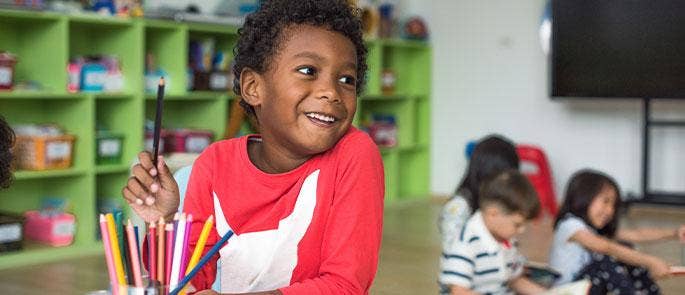
Pupil passports are also a useful tool to support children during transitions, such as from preschool to reception, or between school years. They can help enable a smooth move by creating a sense of familiarity and reassuring children that their teachers will understand their learning preferences. To find out more about school transitions, take a look at our article How to Support Children Through School Transitions.
Using Pupil Passports to Support SEN Pupils
Pupil passports are a particularly useful tool to support children with special educational needs (SEN). Some children with SEN may find it challenging to talk about themselves or to explain what support they need. Pupil passports can also be a valuable tool to encourage pupils to express themselves and communicate more effectively. This will ensure that their needs are fully understood and can be met in the classroom.
If a child has been diagnosed with ADHD (attention deficit hyperactivity disorder), for example, any teacher or teaching assistant will be able to know this from their pupil passport. They will also be able to see key information such as what specific support would be beneficial for the child through the overview provided. In addition, knowing that teaching staff understand them and their preferences can be reassuring for SEN pupils.
We have a range of resources designed to help you support SEN pupils. This includes Supporting Pupils with SEN in the Classroom, 5 Ways to Maximise Pupil Voice and 7 Creative Classroom Exercises for Teaching SEN Children.
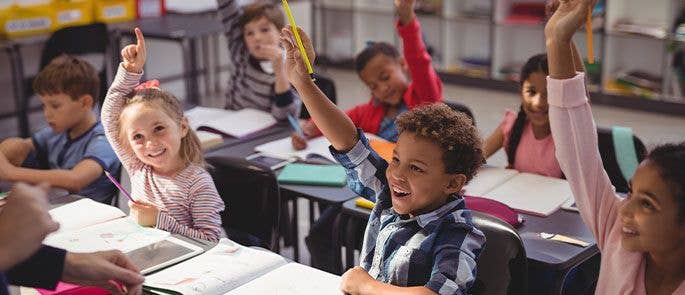
How to Use Pupil Passports in Schools
Pupil passports are a flexible resource that can be used in multiple ways, depending on what you want to achieve with the individual child and the approach your school takes. If your school has a policy of using pupil passports, they will often be introduced when a child joins the school, such as in reception. Each child should be supported by a member of the teaching staff to create their own pupil passport. Younger pupils and those with SEN will require more help with this. Often, parents are also involved in the creation of their child’s pupil passport. It’s important to work together and fully involve the child in putting together their pupil passport.
Typically, most pupil passports should contain the same key information, though additional content may be required for some pupils. You must also remember to tailor it to the child’s individual needs. Categories you may wish to include on your pupil passports include:
- The child’s full name.
- A picture of the child.
- Their age.
- Which class they are in.
- Whether the child has any special educational needs or disabilities.
- What they like.
- What they dislike.
- How they react when they’re upset and how to calm them down.
- What they find difficult.
- When they may need help.
- How teachers can support the child to learn.
You should aim to keep the pupil passport to one page of key points to provide a quick and simple overview of the child. The document should be regularly updated, with most schools updating the pupil passport annually or twice annually. You must also review and update it if there are changes or new challenges arise.
Looking for a Course?
At High Speed Training, we offer a range of CPD Courses for Teaching and Education that are designed to support and develop teachers, teaching assistants and education professionals. Our catalogue of online training courses includes Special Educational Needs and Disabilities (SEND) in the Classroom, Challenging Behaviour Training and ADHD Training.
One-Page Pupil Passport Template
We have created a one-page pupil passport template which you can download and use in your classroom. You can either digitally edit the template, or print it out.
You should work alongside each child to create their own pupil passport. Information should be entered in each box about their likes, dislikes, how they behave when upset, what they find difficult, when they need help and how teachers can support them with their learning.
You can view and download the template by clicking the button below.
Adopting a child-centred approach to learning will help to ensure that the needs of each child are met. A pupil passport is a useful tool to engage children with their learning and to give teaching staff insight into how to best support the children in their classroom. You should work with each child and encourage them to fill in as much of the template as possible by themselves, where possible, before prompting them to address and fill any gaps.
Further Resources:
- Supporting Pupils with SEN in the Classroom: Guidance for Teachers
- ABC Chart for Challenging Behaviour: Free Template
- CPD Courses for Teaching and Education


